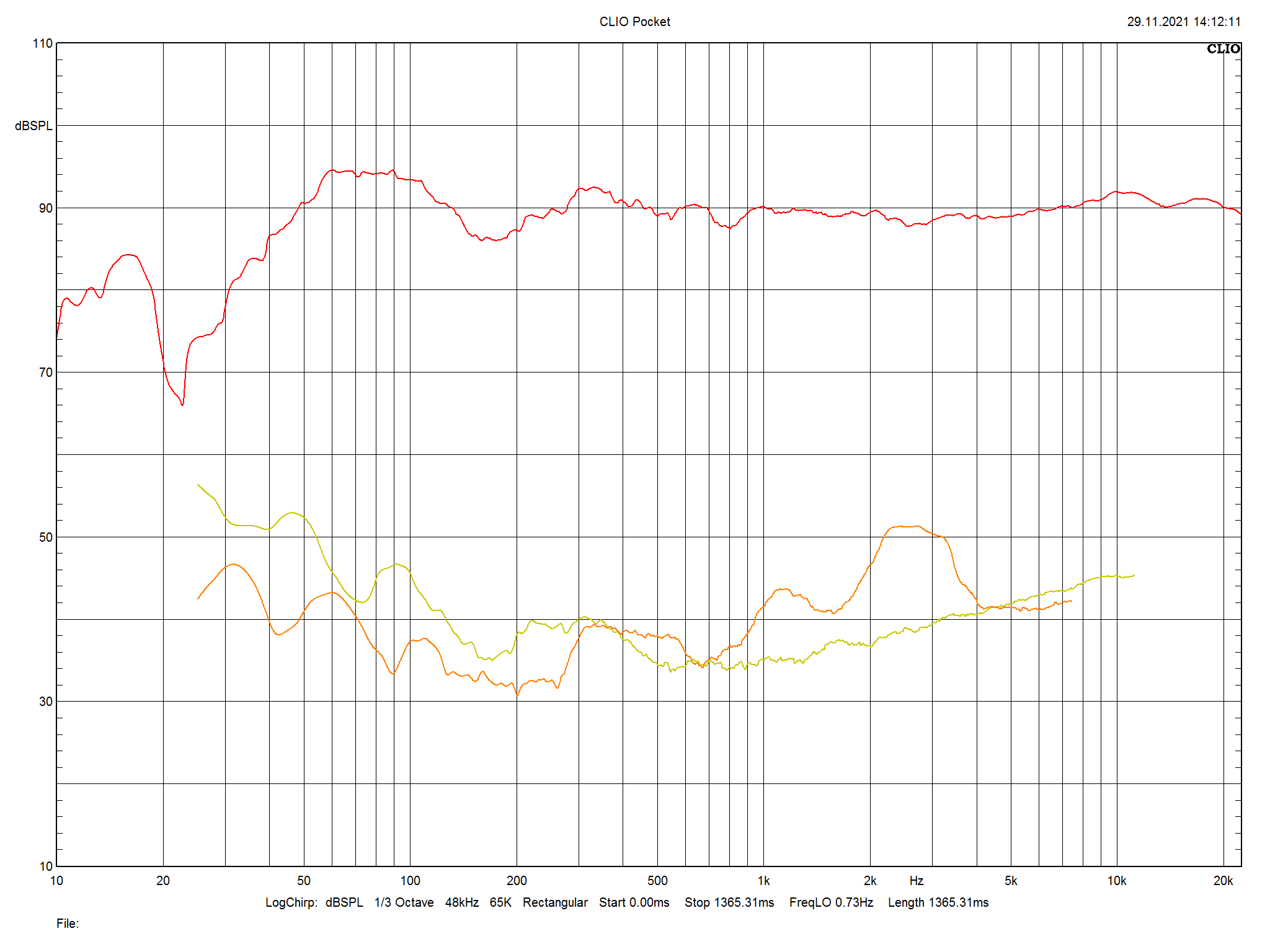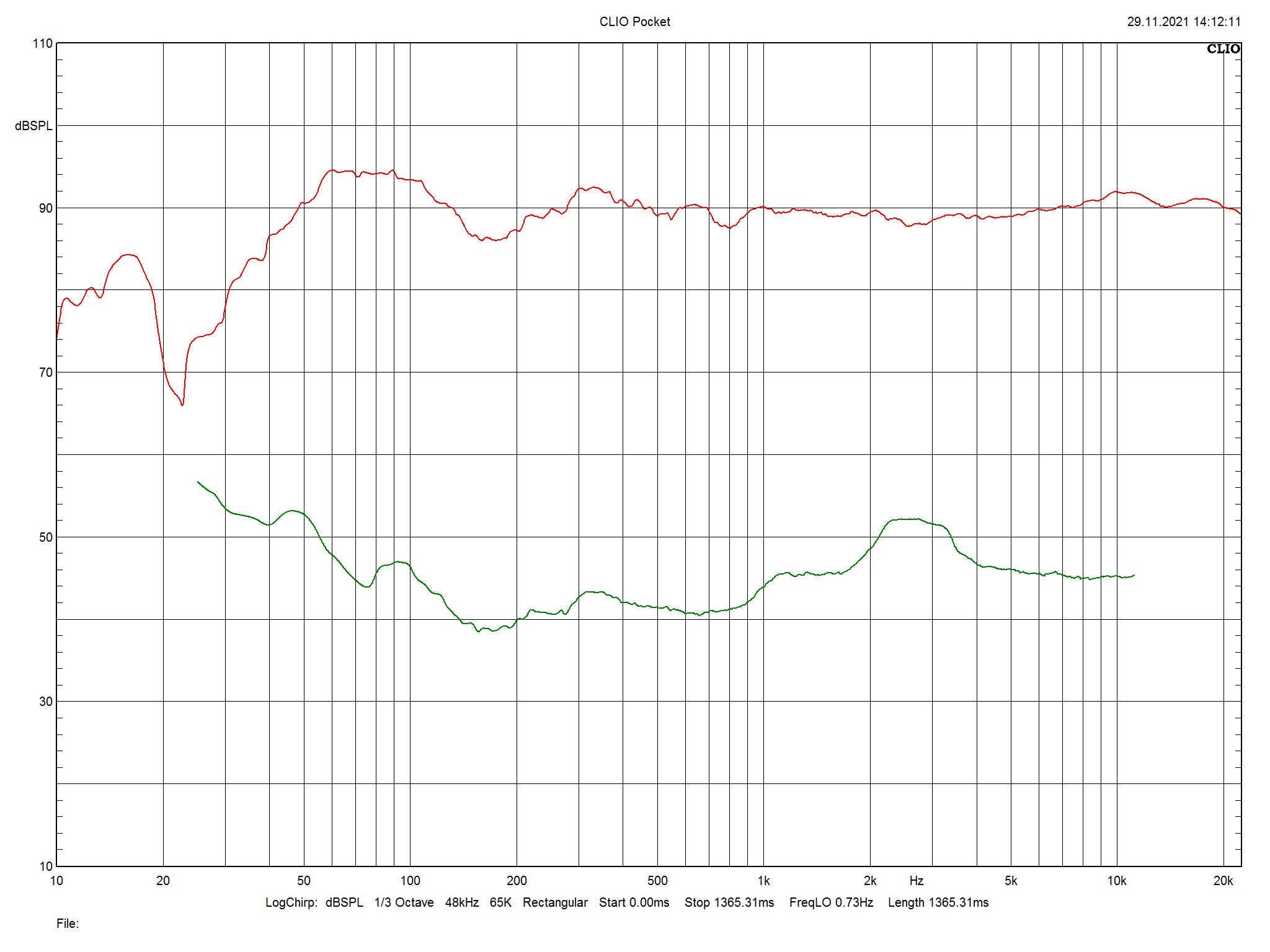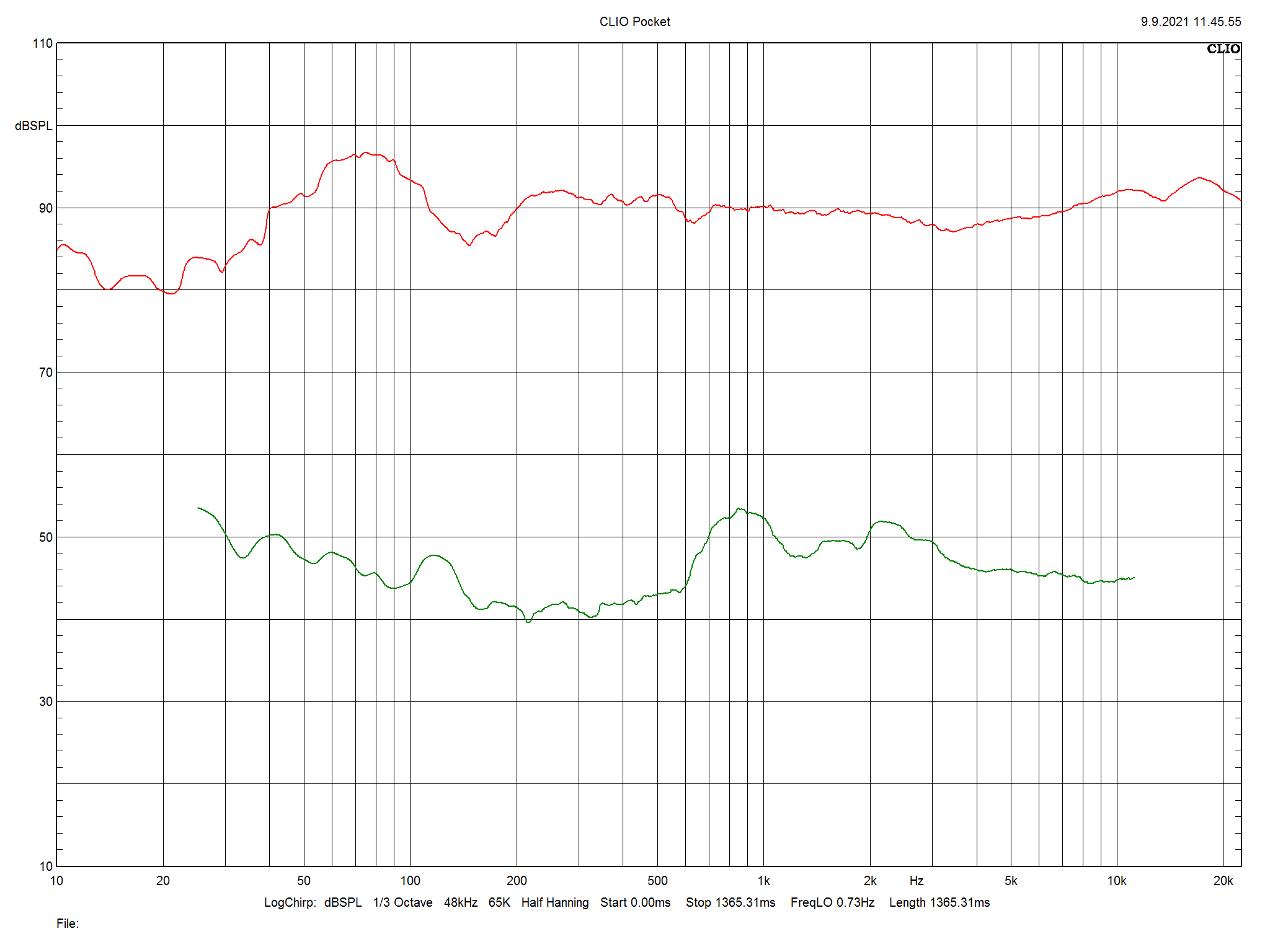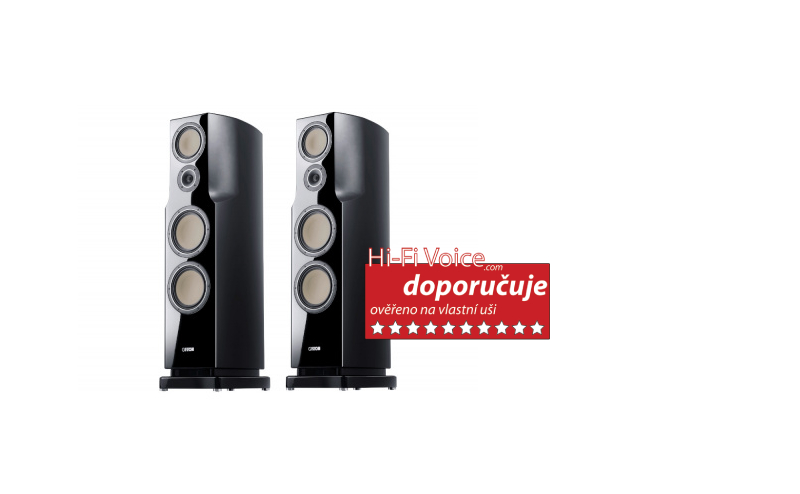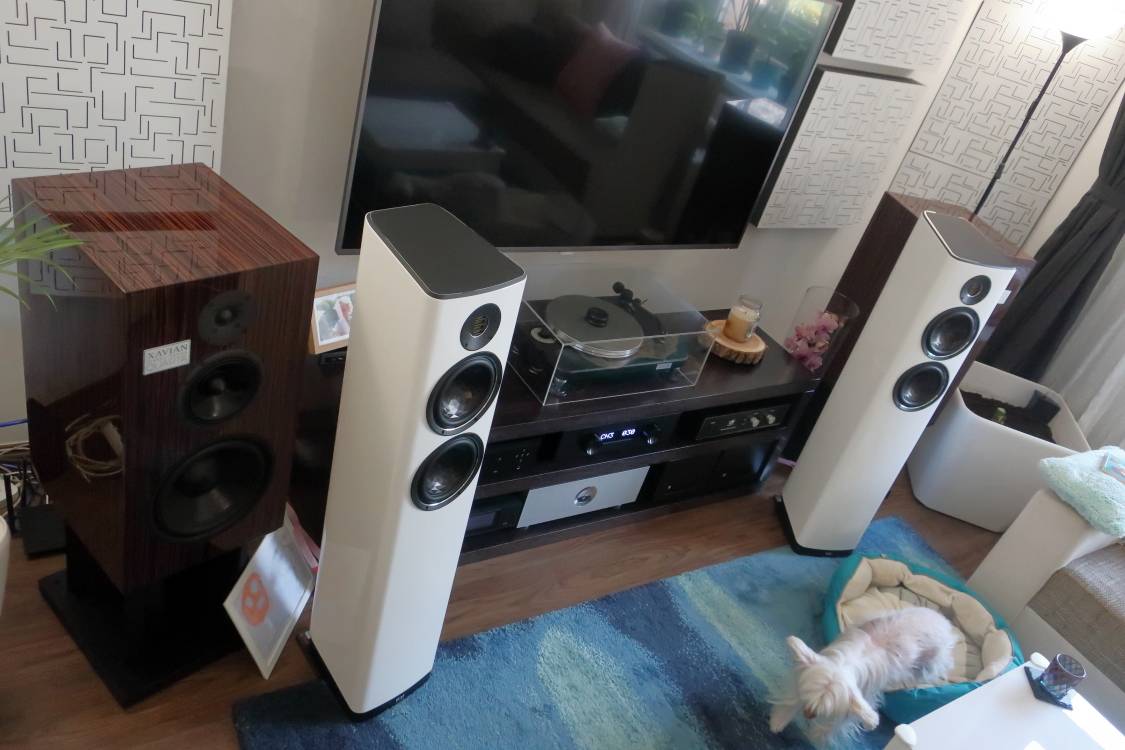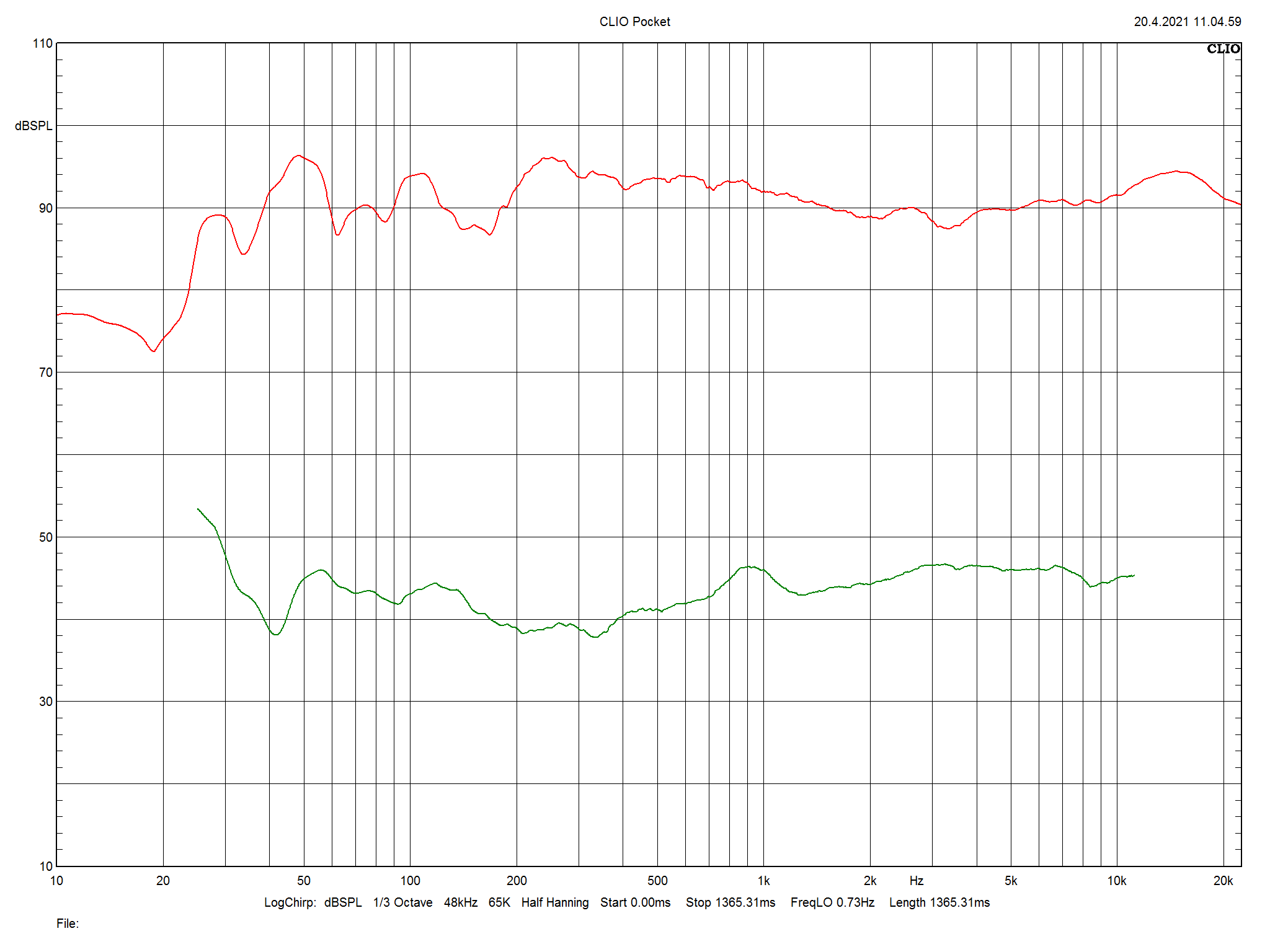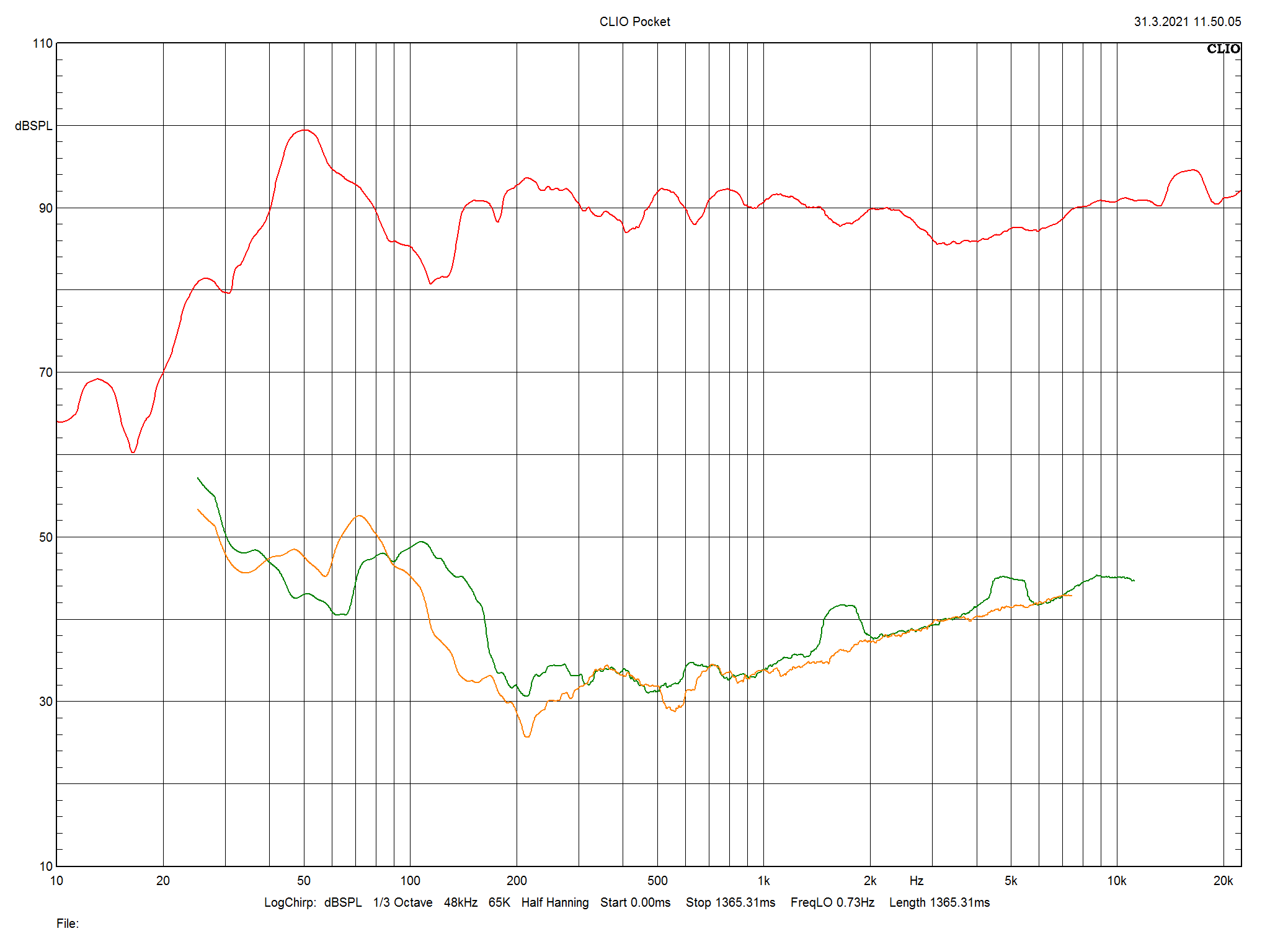More measurements from
Hifi-Voice, again reveal the poorly performance from Canton
This is the Canton ref 8k, apparently the entire line have problems.
Distortion of 2nd (yellow) and 3rd (orange) harmonics
It can be seen from this exploded graph that the increased distortion is caused by the 3rd harmonic, as if the midrange here were no longer operating within its optimal range.
Total harmonic distortion (green line)
Overall, the distortion is at normal, seamlessly low values - but in the range between 2 and 4 kHz you can see a "mound", where the value of distortion attacks 1.5%.
Even the big Reference 3K have this problem at only 90dB
Total harmonic distortion (green line)
The overall distortion remains within normal limits, however, between 700 and 3,000 Hz it oscillates above 1%, which is quite strange.
V roce 1974 se dali dohromady čtyři nadšenci do dobrého zvuku a jak už to tak bývá, vznikla značka – tentokrát konkrétně německý Canton, který si vytyčil za cíl to samé, co prakticky jakákoliv jiná firma. Tedy vyrobit to nejlepší, co současnost umožňuje, Canton si jako svůj obor zvolil...

www.hifi-voice.com




